1. Toasters
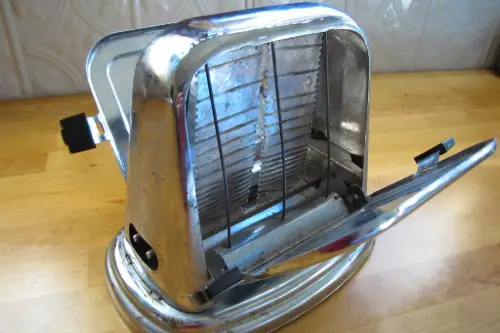
Once upon a time, if your toaster stopped working, you’d take it apart, figure out what went wrong, and maybe replace a heating element or a wire. Toasters used to be built with durable, repairable parts and straightforward designs. Now, they’re often sealed shut, made with plastic parts, and cheaper to replace than fix. So when your bagel comes out cold, you toss the whole thing and pick up a new one at Target, Tim Dowling from The Guardian explains.
It’s not just laziness—it’s economics and design. Modern toasters are designed to be manufactured cheaply and discarded easily, not to be opened up and tinkered with. Repairing one might cost more than buying a brand-new model. That shift has turned a simple kitchen appliance into a disposable item.
2. Shoes
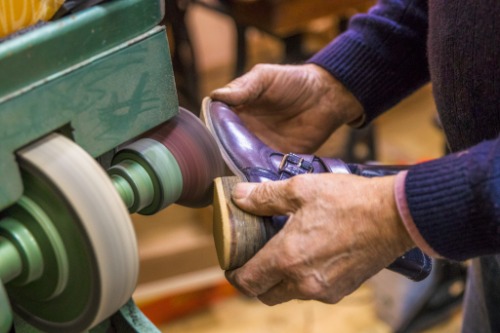
Cobblers were once common in nearly every town, and getting your shoes resoled was just part of owning them. Leather shoes were built to last and designed for repair. Today, many people wear sneakers or fast-fashion footwear made from synthetic materials that don’t hold up—or aren’t even repairable. Once the sole goes, so do the shoes.
The decline of shoe repair is tied to both cost and quality, according to Diana Nelson Jones from AP News. Repairing a pair of $50 sneakers just doesn’t make sense when a new pair is the same price. Even more expensive shoes often aren’t made with repair in mind. So they end up in landfills, worn out but barely aged.
3. TVs
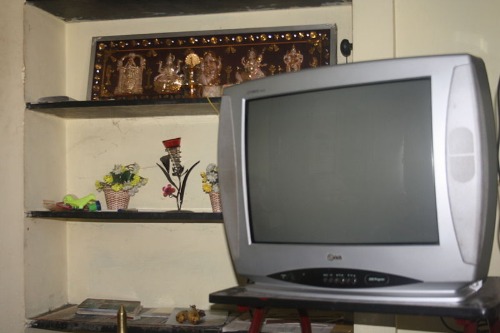
Back in the day, when your television went on the fritz, you called the TV repair guy. They’d replace a tube or a circuit board and you’d be back to watching your shows. Today’s flat screens are essentially glued together with components that are too costly or complex to replace. If the screen cracks or the backlight dies, it’s more practical to replace than repair.
Modern TVs are made with tightly integrated tech—panels, processors, backlights—all proprietary and expensive to source. Repair services still exist, but they’re dwindling because the cost of labor and parts is often higher than a new TV, according to Alex Tiegen from The Gainesville Sun. Planned obsolescence plays a role here too. It’s just easier (and often cheaper) to get a new one.
4. Small Kitchen Appliances

Blenders, mixers, coffee makers—these used to be built like tanks. People would pass down a sturdy stand mixer through generations, and if the motor failed, you could swap it out. Now these appliances are more style-focused, made with more plastic, and designed with lifespans in mind. They fail faster, and consumers just move on to the next shiny model.
There’s also less knowledge about how to fix them. You can’t just pop open a modern blender and see what’s wrong—it might be a faulty sensor or a part you can’t buy. Warranties rarely cover long-term fixes. So these items end up on the curb, even if the issue is minor.
5. Clothing
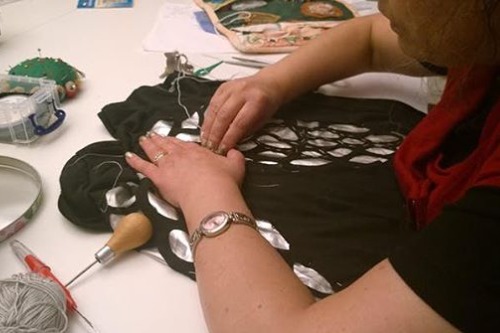
Patching jeans or sewing a button used to be a basic life skill. Clothing was expensive, so people took care of it, mended it, and wore it until it gave out. Today, fast fashion has made clothes so cheap and plentiful that many don’t bother with repairs, according to Rachel Cernansky from Vogue Business. Lose a button? Toss the shirt.
The average American throws away around 80 pounds of clothing each year. Brands churn out trendy, low-quality pieces that aren’t made to last. And since most people don’t sew anymore, small rips become excuses to buy new. Clothing went from personal investment to temporary convenience.
6. Phones
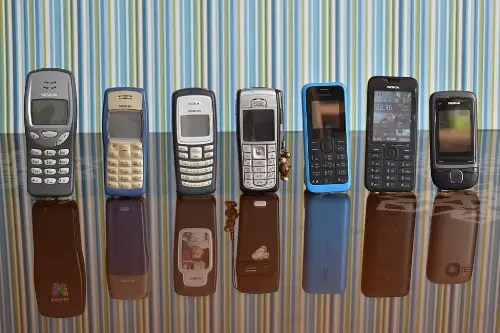
Remember when your phone had a removable battery and maybe even a little screwdriver in the box? You could replace a screen or battery yourself or pay a shop a small fee to do it. Modern smartphones are glued together with proprietary screws and parts. Try to open one yourself and you risk breaking it—or voiding the warranty.
Apple and other manufacturers have made phones harder to fix to drive sales and protect their ecosystems. Until recently, you couldn’t even buy parts directly from them. While “Right to Repair” laws are gaining traction, most people still find it easier to upgrade than to fix. It’s a habit that’s hard to break in the age of annual phone launches.
7. Vacuum Cleaners

Vacuum cleaners used to be heavy-duty machines—metal-bodied beasts you could take apart and repair yourself. Belts, motors, hoses—all were replaceable. Today’s models are lighter, sleeker, and more prone to failure. Once suction weakens or the battery dies, they often get thrown out.
Many modern vacuums are cordless and compact, but that comes at the cost of longevity. Batteries degrade over time, and replacements can be expensive or hard to find. Filters clog and plastic parts snap. For most people, it’s not worth the hassle to fix a $100 vacuum, so out it goes.
8. Headphones

If your headphones stopped working in the past, you might replace the cable or solder a loose wire. Audiophiles still do this with high-end gear. But for most, especially with wireless earbuds, a malfunction means it’s time to toss them. The batteries are tiny, and repairing internal parts is nearly impossible.
Many earbuds, like AirPods, are glued shut and not designed to be opened. Even Apple doesn’t repair them—they offer replacement instead. Battery life declines over time, leading to e-waste after just a couple of years. And since they’re small, they’re often just tossed without a second thought.
9. Watches

Watches were once daily tools you maintained and wore for years—decades, even. Changing a battery or replacing a strap was just part of ownership. Today, smartwatches dominate, and they come with limited life spans. When they stop working or the battery goes, most people upgrade rather than repair.
Mechanical watches were built with longevity in mind and could be serviced for decades. In contrast, digital watches and smartwatches are sealed, battery-reliant, and designed for 3–5 years of use. Most repairs aren’t cost-effective. And since many are tied to phone ecosystems, upgrading becomes inevitable.
10. Furniture
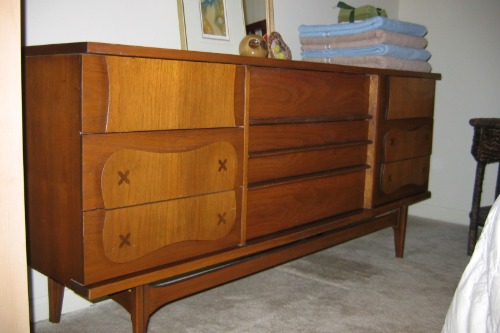
Solid wood furniture used to be a long-term investment. If a leg broke, you’d glue it, clamp it, and maybe refinish the piece. Now, much of what we buy is particleboard, held together by dowels and hope. When it breaks, it’s often too flimsy or cheap to justify fixing.
Flat-pack furniture, while affordable, isn’t made to last. It’s designed for convenience, not durability. And because it’s mass-produced, repair parts aren’t easy to find. So instead of fixing a wobbly shelf, people haul it to the curb and buy a new one.
11. Bicycles
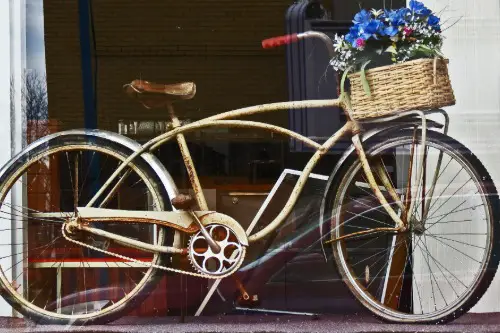
Bikes used to be a common DIY repair project—patching tires, adjusting chains, replacing cables. These days, bikes are more complex, with carbon fiber frames, hydraulic brakes, and proprietary parts. While many still repair their bikes, more casual riders often don’t bother. A minor issue might bench a bike permanently.
Modern bike shops can be pricey, especially for low-end models. And if a $200 department store bike needs a $100 repair, it’s often scrapped. The rise in electric bikes adds even more complexity. Once electronics get involved, repairs can be intimidating or impossible for the average rider.
12. Printers
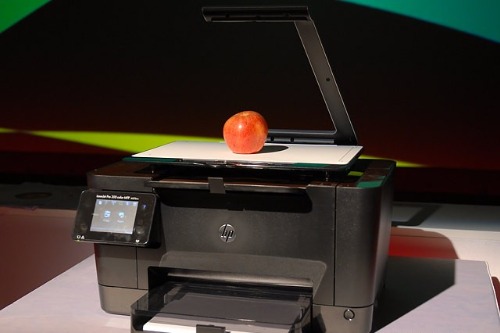
Printers are infamous for being both essential and infuriating. In the past, replacing a cartridge or clearing a jam was all it took to keep one running. Now, printers are often sold at razor-thin margins, with the real money in ink. If something breaks beyond the most basic issue, many just give up and buy new.
Some models even lock you out for using third-party ink or stop printing when one color runs out. Repair parts are hard to come by, and service costs can exceed the printer’s value. It’s cheaper to buy a new one than fix a paper feed issue. That’s led to a mountain of printer-shaped e-waste over the years.
13. Toys
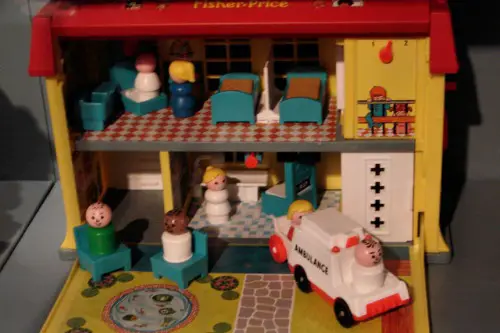
Toys used to be passed down, patched up, and played with until they literally fell apart. If something broke, a parent or grandparent might glue it, sew it, or screw it back together. Today, many toys have electronic components, cheap plastic, or tiny parts that make repairs unrealistic. Once broken, they’re often trashed.
Fast fashion has a toy equivalent: fast fun. Many toys are tied to trends or YouTube videos and aren’t made to last past a season. Plus, kids get so many that tossing a broken one doesn’t feel like a loss. Repairs have been replaced by replacements.
14. Lamps

A broken lamp used to mean a quick trip to the hardware store for a new switch or socket. It was basic household maintenance. Now, with LED-integrated designs and decorative builds, many lamps can’t even be taken apart without special tools. If the light goes out, most people assume the whole thing is toast.
LEDs are more energy-efficient, but they don’t last forever. And when they’re built into the fixture, they can’t be replaced like a standard bulb. These lamps often don’t have standard parts either, making repair impractical. So they get tossed, even when the body of the lamp is perfectly fine.


